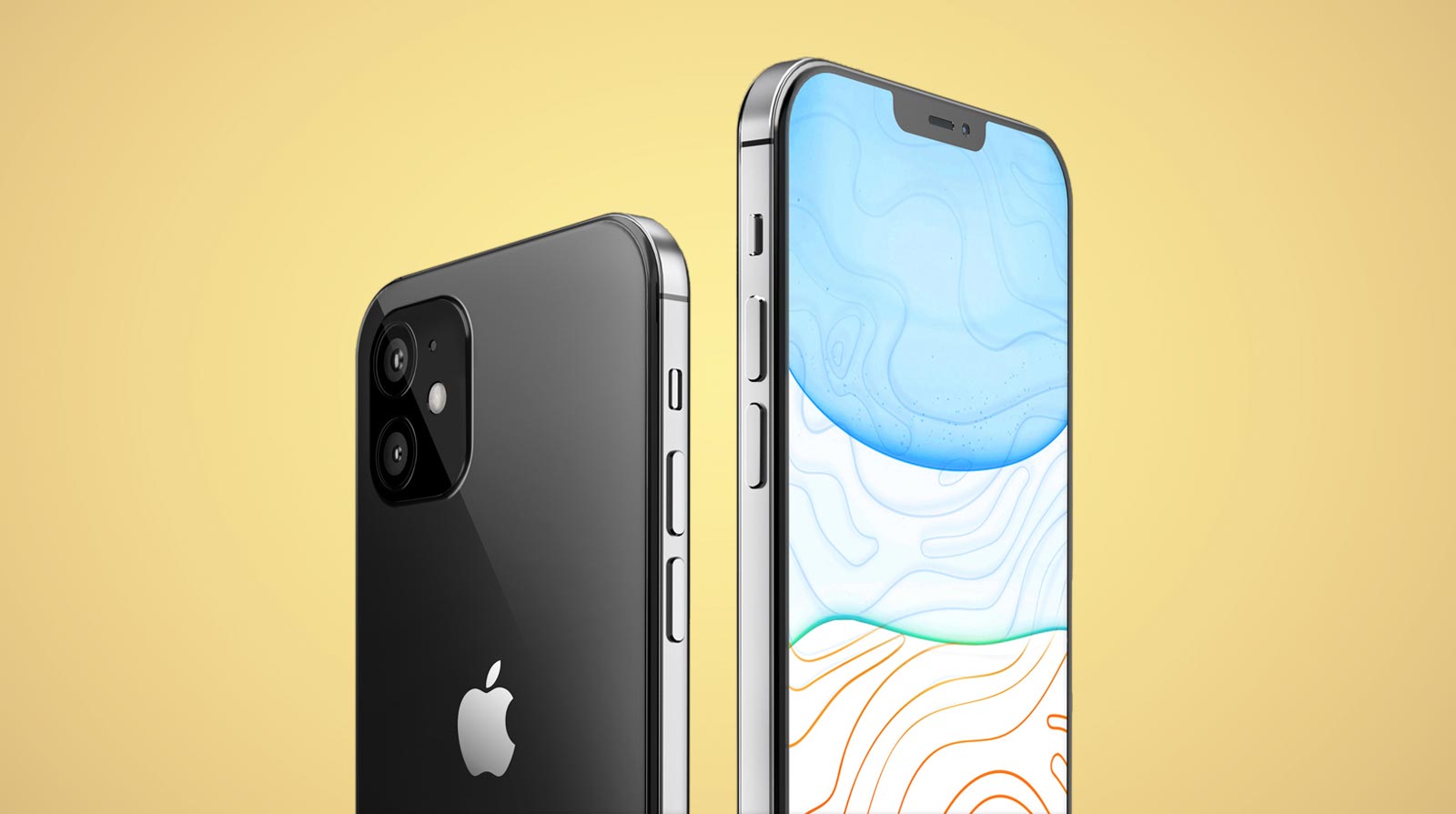iPhone 12 is a year and a half late to 5G — here’s why it will still win
Apple is very late to the 5G game, but the iPhone 12 should leapfrog the competition with better apps and experiences

The iPhone 12 is going to be very late to the 5G party, but is that any big surprise? Apple has been late to a lot of phone trends, from big screens and multiple cameras to fast charging. But that’s just how the company operates. It studies the market and tries to find a way to stand out when it finally adopts a new technology.
This will probably be the case with 5G, too. All four new iPhone 12 models coming in the fall will reportedly feature 5G connectivity. The 5.4-inch iPhone 12 and 6.1-inch iPhone 12 Max are said to support the sub-6GHz band of 5G, while the 6.1-inch iPhone 12 Pro and the 6.7-inch iPhone 12 Pro will support both sub-6GHz and mmWave networks.
- New iPhone 12 and iPhone 12 Plus: Everything you need to know
- Galaxy Note 20 leak gives iPhone 12 a huge advantage
- Just in: iPhone 12 and iPhone 12 Pro key specs just leaked
All of that means that the regular iPhone 12 models will offer very good speeds (up to 300 Mbps or so) and very good range, while the Pro models will be able to achieve blazing download speeds (up to 2 Gbps), but only within line of sight to nearby 5G nodes.
Ultimately, though, only early adopters will care about 5G bands for the iPhone 12.
“The key to becoming the best 5G phone is showing what you can do with it that you couldn’t do before with LTE,” said Ramon Llamas, research director for mobile devices and AR/VR at IDC. “I think customers just want 5G to work, regardless of which band is available.”
New 5G experiences on iPhone 12
It’s a given that Apple will highlight faster 5G downloads on the iPhone 12, but that won’t be enough. With one commercial for the Samsung Galaxy S20 5G, Samsung touted more responsive gaming, smoother multi-person video calls and futuristic scenarios like attending a concert virtually. It will be up to Apple to top that, and the company should be able to because of one key advantage: apps.
A hallmark of iPhone keynotes is Apple showcasing third-party developers, which Apple will have to do virtually when it launches the iPhone 12. And I guarantee at least a couple of the apps shown will be optimized for 5G.
Sign up to get the BEST of Tom's Guide direct to your inbox.
Get instant access to breaking news, the hottest reviews, great deals and helpful tips.
“I am intrigued by apps that are so data-intensive that you want to have little-to-no latency to make them work,” said Llamas.
I can definitely see Apple debuting at least one exclusive game for the iPhone 12 lineup that makes real-time multiplayer action better via 5G, and it would obviously be a great way to sell Apple Arcade, the company’s $5-a-month gaming service.
Apple will also probably show off how some of its own apps that can be supercharged by 5G. Of course, you’ll be able to stream Apple TV Plus shows and movies faster but you should also be able to download them on the go in less time.
One hallmark feature introduced by iOS 14 is App Clips, which lets you use portions of an app on the spot instead of having to download the full app. As Apple says, App Clips can be used for anything from ordering food at a restaurant to renting a scooter. Because App Clips are designed to be lightweight, the feature should work just fine over 4G, but it should feel even more instant over 5G.
“App Clips should load even faster, but the point of App Clips is to be compact enough that they should be responsive even on 4G LTE networks,” said Avi Greengart, lead analyst at Techsponential.
iPhone 12 5G and augmented reality
Although iPhone AR apps are still in their infancy, iOS 14 promises a better augmented reality experience for the iPhone. For example, with location anchors, AR experiences can be placed at specific geographic locations, which could take AR games to the next level -- assuming proper social distancing is followed.
There will also be more AR experiences accessible via the front camera with expanded face tracking support and Apple says that video textures will be able to be added to any part of a scene or virtual object.
In other words, AR is about to get a lot more robust, and having 5G on board the iPhone 12 should allow you to enjoy those beefed-up AR apps when you’re away from Wi-Fi. The iPhone 12 Pro and iPhone 12 Pro Max will be even more capable if they wind up packing a rumored LiDAR scanner, similar to the one on the iPad Pro.
“There has been a lot of talk about 5G and AR,” said Llamas This is where speed and low latency from 5G are going to enable those live AR experiences.”
At first, enterprises will benefit more than consumers when it comes to AR and 5G connectivity on the iPhone 12. Llamas gives the example of a manufacturing company he spoke with that designs, installs and supports huge machinery for its clients. The company is hoping that AR will assist with support and maintenance, and a 5G-enabled iPhone will help in those cases where it is difficult to extend Wi-Fi.
“This is where Apple – and other vendors – could come in, but you’re also relying on other smartphone hardware – cameras, microphones, positioning – to make it all happen,” said Llamas.
iPhone 12 is late to 5G — but it’s still early
As you look across the wireless landscape, 5G networks are still being built out. A recent study from Ookla says that Verizon has lit up only 39 cities so far, while AT&T’s lower-band 5G network is in 237 cities. T-Mobile, which has also focused on low-band 5G thus far, is in the lead with more than 5,000 cities. So for those shopping for an iPhone 12, the T-Mobile network looks like a pretty strong option at this stage.
“5G iPhones on T-Mobile’s network will provide the best overall 5G experience starting this fall through the middle of next year when most of the network buildout will be completed,” said Greengart.
It’s also important to remember that this is just the first 5G iPhone. The iPhone 12 could wind up being a proving ground for the upcoming Apple Glasses as Apple learns from what its handset can do when you combine 5G with AR.
“Pitching 5G as a selling point would make more sense when they have the glasses to tether to the phone,” said Caroline Milanesi, a principal analyst at Creative Strategies.
Overall, though, the iPhone 12 has the best shot at making 5G much more than just a checkbox item for flagship phones. With Apple’s focus on apps and developers, it should be able to forge new experiences that go well beyond download speeds.
Mark Spoonauer is the global editor in chief of Tom's Guide and has covered technology for over 20 years. In addition to overseeing the direction of Tom's Guide, Mark specializes in covering all things mobile, having reviewed dozens of smartphones and other gadgets. He has spoken at key industry events and appears regularly on TV to discuss the latest trends, including Cheddar, Fox Business and other outlets. Mark was previously editor in chief of Laptop Mag, and his work has appeared in Wired, Popular Science and Inc. Follow him on Twitter at @mspoonauer.

